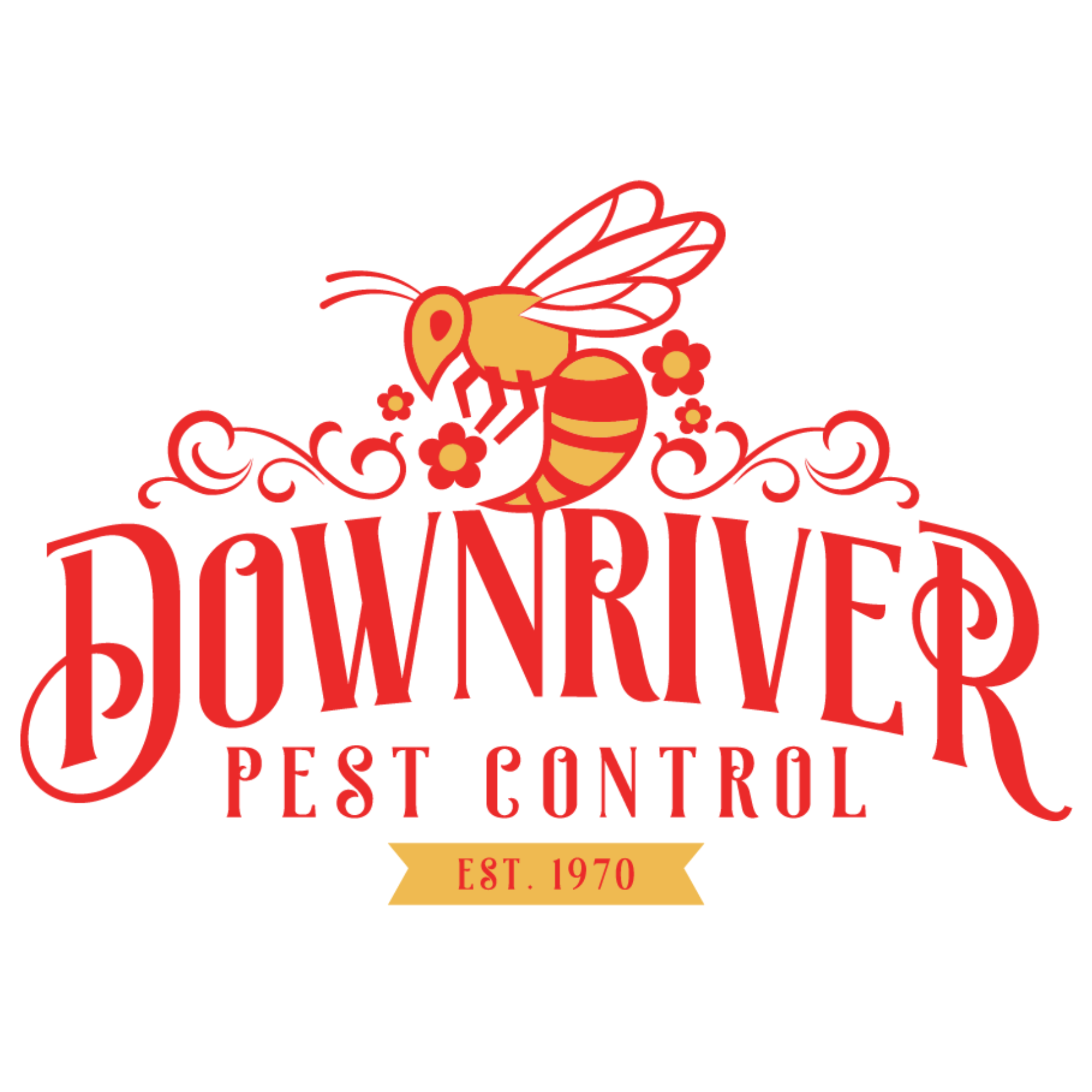
Stinging Insects
Contact Us
Thank you for contacting us.
We will get back to you as soon as possible.
We will get back to you as soon as possible.
Oops, there was an error sending your message.
Please try again later.
Please try again later.
Honeybee (Apis mellifera):
- These bees are known for their brownish-yellow coloration with distinct black stripes.
- They are usually plump and covered in fine hairs.
- Honeybees die after stinging once because their stingers are barbed.

Bumblebee (Bombus spp.):
- Bumblebees are larger and hairier than honeybees.
- They have a robust, round body and are often black with yellow stripes.
- Unlike honeybees, bumblebees can sting multiple times.

Yellowjacket (Vespula spp.):
- Yellowjackets are typically black and yellow, resembling a wasp.
- They have a slender body and can be aggressive when threatened.
- Their nests are often found underground or in wall cavities.

Hornet (Vespa spp.):
- Hornets are larger than most wasps and have a distinctive dark brown or black coloration.
- They build large, paper-like nests in trees or buildings.
- Their stings can be particularly painful.

Paper Wasp (Polistes spp.):
- Paper wasps have long, slender bodies and a narrow waist.
- They are usually brown with yellow markings.
- Their nests are made of papery material and have open combs.

Baldfaced Hornet (Dolichovespula maculata):
- Baldfaced hornets are large, black insects with white markings.
- They build paper nests that hang from trees or structures.
- Their stings can be painful and cause swelling.

Africanized Honeybee (Apis mellifera scutellata):
- These honeybees are similar in appearance to European honeybees but are more aggressive.
- They are often referred to as "killer bees" due to their tendency to swarm aggressively when disturbed.
When dealing with stinging insects, it's essential to exercise caution and avoid provoking them. If you encounter a nest or swarm of stinging insects near your home, it's best to contact a pest control professional to safely remove or treat the infestation.
Facts About Stinging Insects
- Diverse Species: Stinging insects belong to various families and include bees, wasps, hornets, yellow jackets, and ants. Each has unique characteristics.
- Venomous Stingers: Stinging insects possess specialized structures called stingers or ovipositors, which are modified for injecting venom.
- Purpose of Stinging: The primary purpose of stinging is defense and protection of their colony. They use their stingers to ward off potential threats.
- Not All Stinging Insects Sting: While most species have stingers, not all of them use them to sting. Some, like honeybees, will only sting when they perceive a direct threat to their colony or themselves.
- Multiple Stings: Some stinging insects, such as yellow jackets, can sting multiple times because their stingers are not barbed like those of honeybees. This makes them more aggressive.
- Allergic Reactions: Stings from stinging insects can cause allergic reactions in some people. Severe allergies can lead to anaphylaxis, a life-threatening condition.
- Pain and Swelling: The pain and swelling resulting from a sting are due to the venom injected, which can contain a mix of toxins designed to immobilize or deter threats.
- Honey Production: Honeybees are essential for honey production. They collect nectar from flowers, transform it into honey, and store it in their hives for food.
- Colony Organization: Social stinging insects like bees and ants live in colonies with specific roles for each member, including workers, drones, and a queen.
- Nesting Behavior: Different species have varying nesting habits. For example, honeybees build wax hives, while yellow jackets create paper nests from chewed-up wood fibers.
- Life Cycles: Stinging insects go through complete metamorphosis, including egg, larva, pupa, and adult stages. The life cycle duration varies among species.
- Pollination: Many stinging insects, particularly bees, play a crucial role in pollinating plants. This is essential for the reproduction of various fruits and vegetables.
- Aerial Predators: Some stinging insects, like hornets, are skilled hunters of other insects. They capture prey to feed their young.
- Communication: Stinging insects communicate with one another through complex behaviors and pheromones. These signals help coordinate tasks within the colony.
- Seasonal Activity: Stinging insects are most active during the warm months of spring and summer. They may become more aggressive as the colony size increases.
- Overwintering: In colder regions, stinging insects typically do not survive the winter. The colony dies, and new ones are established in the spring.
- Chemical Control: Insecticides and pest control methods are sometimes used to manage stinging insect populations when they pose a threat to humans or property.
- Protective Clothing: Beekeepers and exterminators often wear specialized protective clothing to minimize the risk of stings when working with stinging insects.
- Conservation: Due to their role in pollination, efforts are made to protect and conserve stinging insects, especially bees, which face threats from habitat loss and pesticides.
- Diverse Behavior: Stinging insects exhibit a wide range of behaviors, from the highly social and organized colonies of honeybees to the solitary nesting habits of some wasps.
Remember that while stinging insects can be a nuisance or a threat, many play important ecological roles, and conservation efforts are crucial to maintaining healthy ecosystems.
BROWSE OUR WEBSITE
Phone: (313) 381-1877
Email: downriverpestcontrol@gmail.com
Proudly Serving all of Wayne, Oakland and Washtenaw Counties
Hours of Operation:
- Mon - Fri
- -
- Saturday
- Appointment Only
- Sunday
- Closed
VISIT OUR LOCATION
Content, including images, displayed on this website is protected by copyright laws. Downloading, republication, retransmission or reproduction of content on this website is strictly prohibited. Terms of Use
| Privacy Policy

